Located in the midwestern United States, Wisconsin has vibrant cities that are well-known for their culture, arts, sports, and restaurants. The state has several popular state parks and borders Lake Superior, Lake Michigan, and the Mississippi River. However, as the nation’s 23rd-largest state, it contains many secluded areas to explore. Keep reading to discover the eight most remote spots in Wisconsin and how to safely get to them.
8. Chippewa Flowage
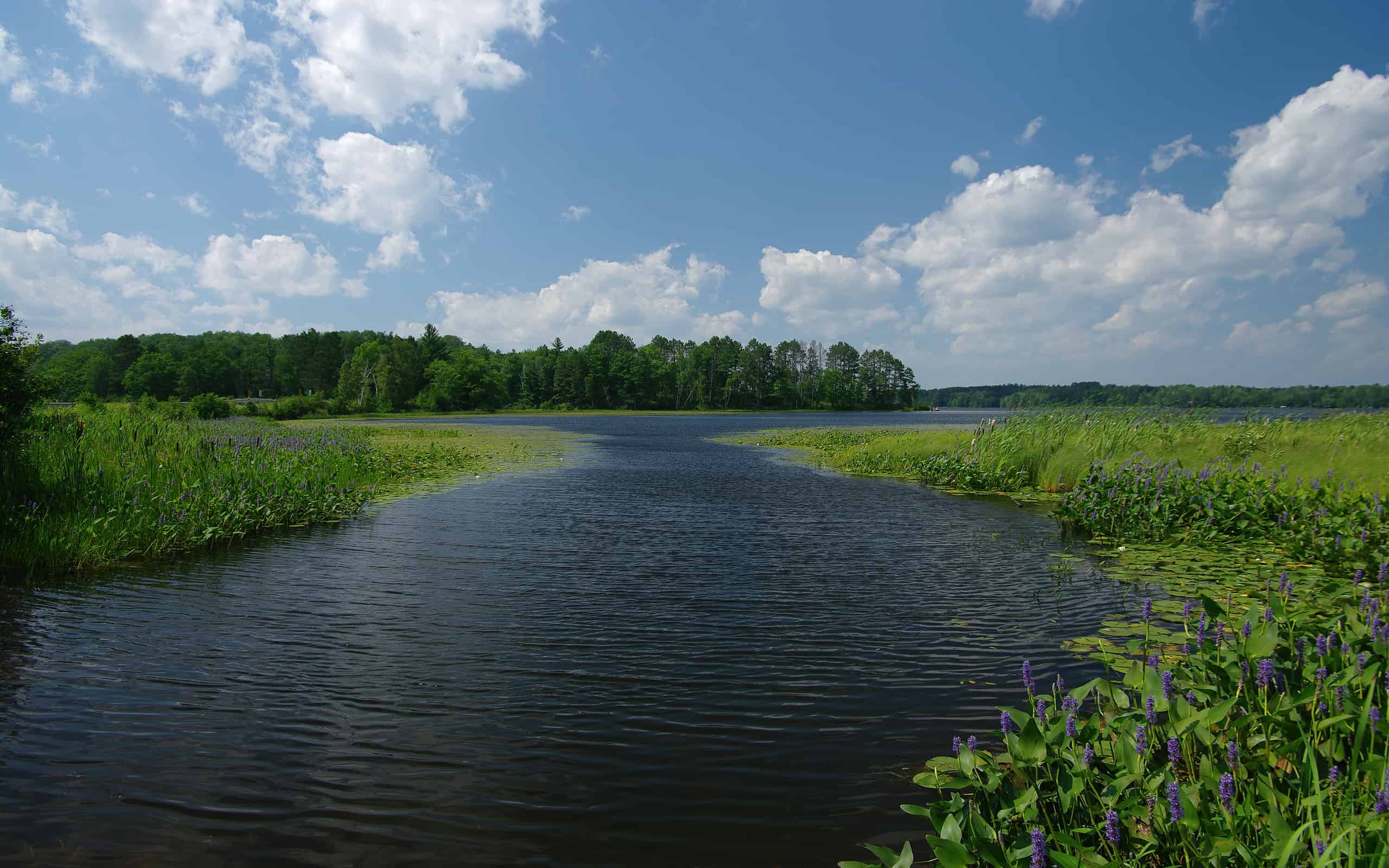
Chippewa Flowage is also known as Lake Chippewa.
©wakr10/iStock via Getty Images
Wisconsin’s third largest lake is Chippewa Flowage, a man-made reservoir that spans almost 15,000 acres. Chippewa Flowage is located in Sawyer County and boasts 233 miles of shoreline. The waters in this remote spot create a maze of bogs, islands, and channels that contain an abundance of opportunities for fishing, hiking, and primitive camping.
To reach Chippewa Flowage, head east from Hayward on County Highway B and continue for about 13 miles. Then, turn right on North County Road CC, and the Chippewa Flowage will be ahead in four miles.
7. Devil’s Lake State Park

The mountains at Devil’s Lake State Park are part of the larger Baraboo Mountains.
©MarynaG/Shutterstock.com
For centuries, the area around Devil’s Lake State Park has been known for its natural beauty. Located in the south-central part of Wisconsin, Devil’s Lake State Park includes four distinct natural areas, including Parfrey’s Glen, which is the oldest natural area in the state.
To get to Devil’s Lake State Park, take Walnut Street to County Road DL. After a mile, continue straight onto Park Road/North Shore Road. Stay right to stay on the road, and the state park will be on the right in about a half mile.
6. Schmeekle Reserve
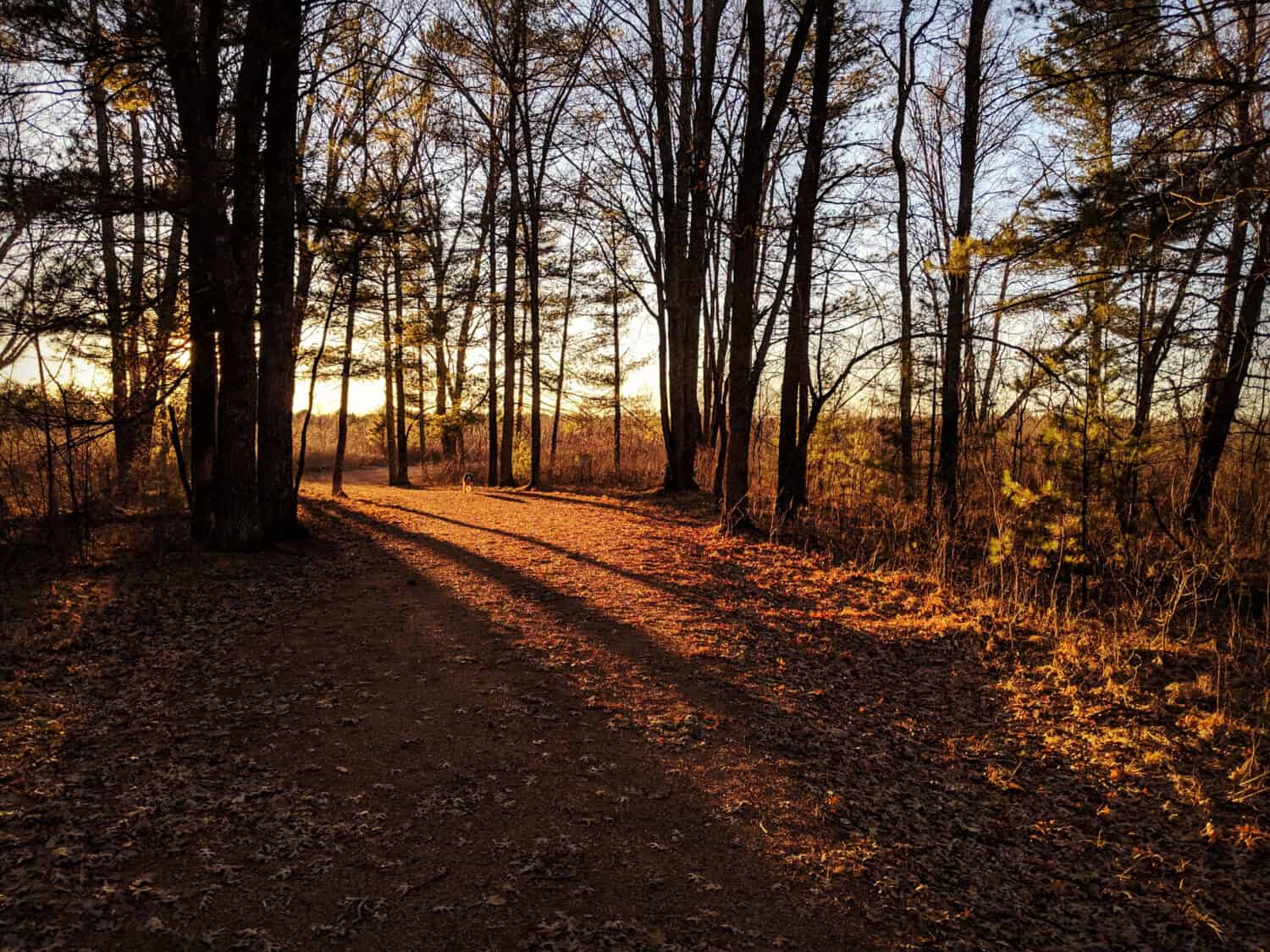
Schmeekle Reserve is home to Lake Joanis, Wisconsin’s newest lake.
©Marissa English/Shutterstock.com
Tucked away on the University of Wisconsin-Stevens Point campus, Schmeekle Reserve is a nature conservancy area spanning 280 acres. It features five miles of trails through grassy savannas, marshes, and wetlands and a 24-acre lake that is open to the public.
In the mid-1970s, the president of UW-Stevens Point began making plans for the creation of Lake Joanis. The university’s students and faculty then pushed for the creation of the nature reserve, which was named after conservationist Fred J. Schmeeckle.
To reach Schmeekle Reserve, head north from Stevens Point on US-51 Business. At the traffic circle, take the first right onto North Point Drive. After half a mile, the Schmeekle Reserve Visitor Center will be on the right.
5. Copper Falls State Park
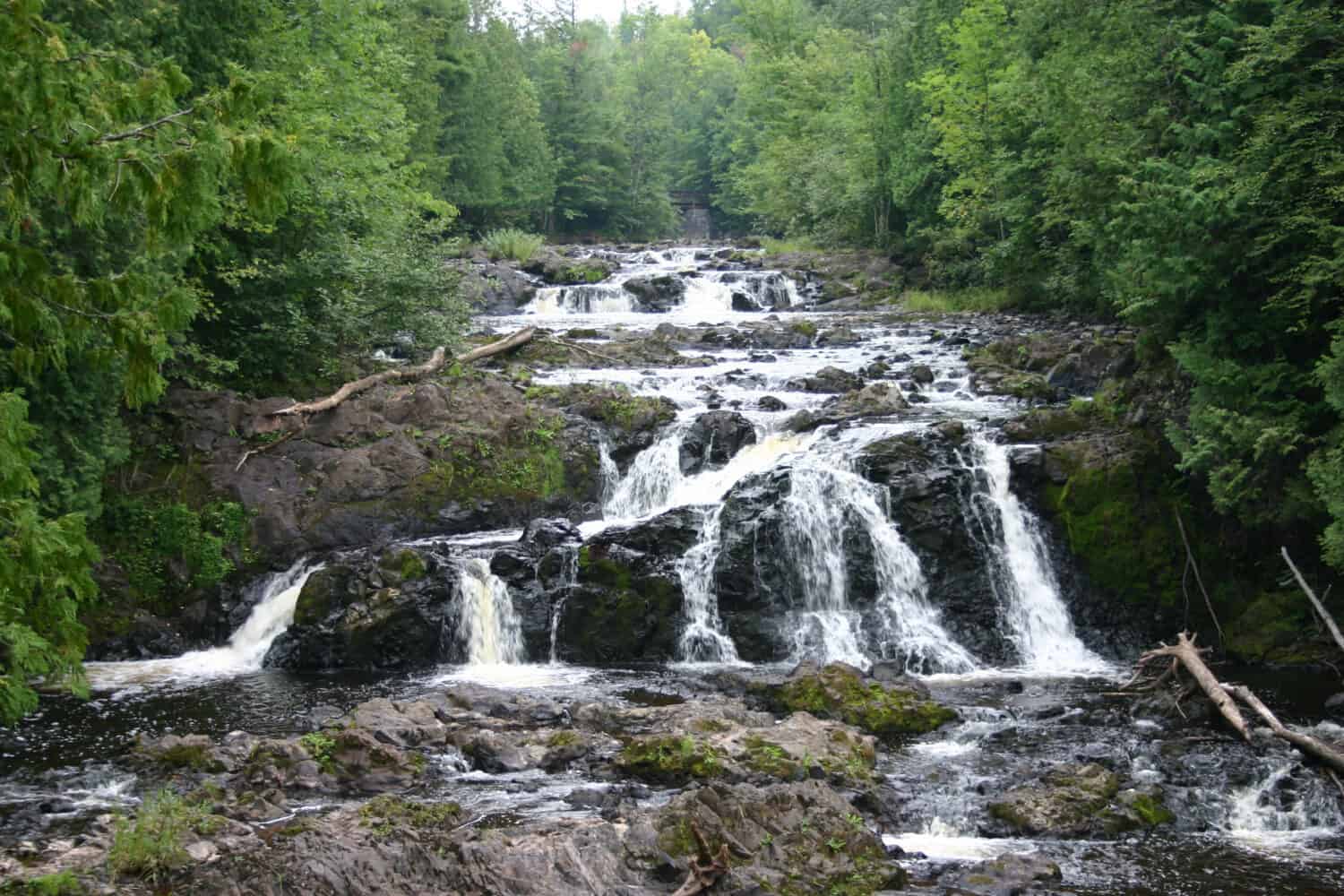
The Copper Falls drop 29 feet into the Bad River below.
©David Ch/Shutterstock.com
Situated along the Bad River in northern Wisconsin, Copper Falls State Park offers breathtaking scenery of gorges, waterfalls, and second-growth forests. This remote spot is dotted with log structures that were built by the Civilian Conservation Corps nearly a century ago. In addition, the park features three waterfalls, including the 29-foot Copper Falls and the smaller Red Granite and Brownstone Falls.
To get to Copper Falls State Park, head north from Mellen on WI-169. After a mile and a half, turn left onto Copper Falls Road. Follow that road for another mile and a half; the state park will be on the left.
4. Cave of the Mounds
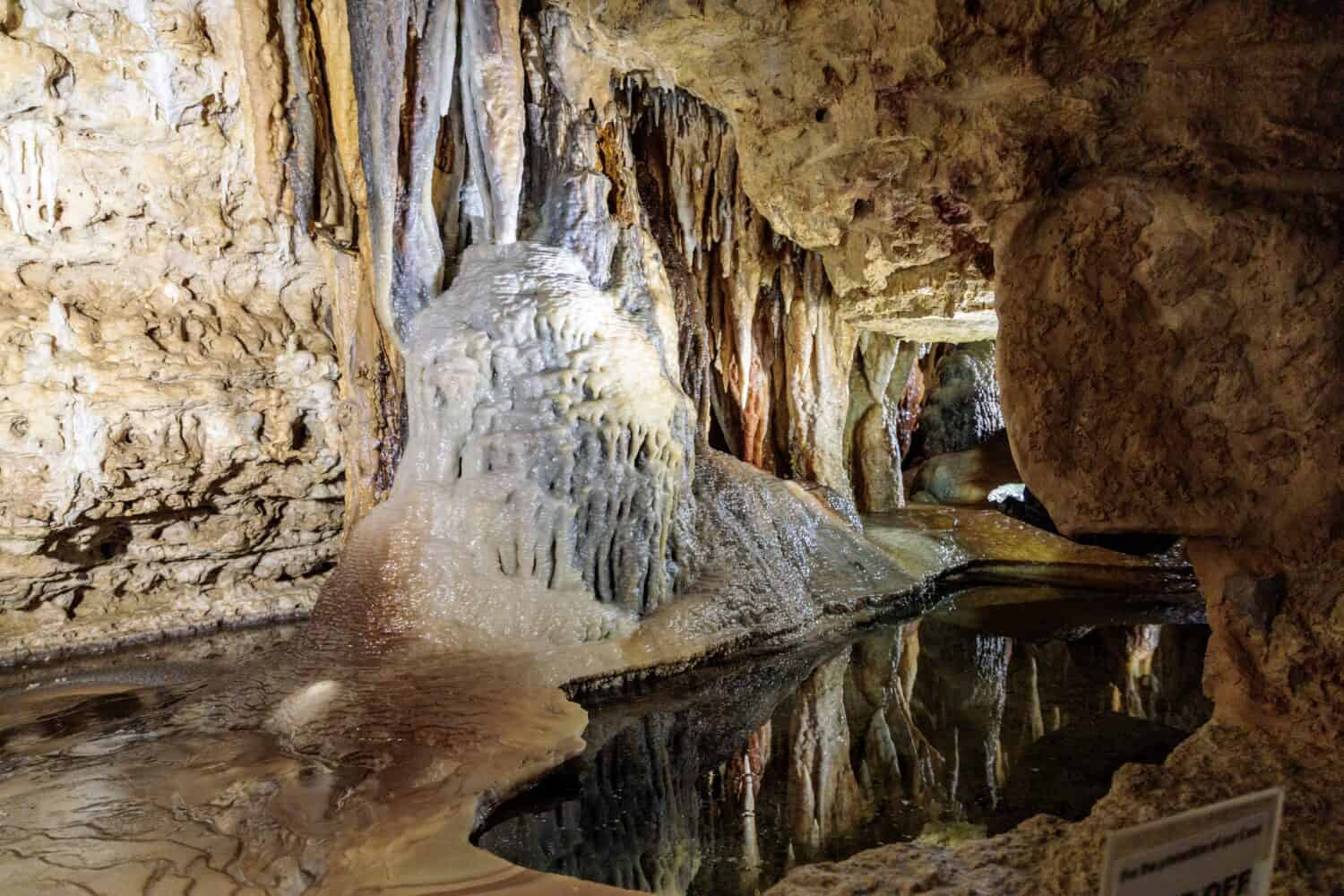
Quarry workers discovered the Cave of the Mounds in 1939.
©Sarah Michals/Shutterstock.com
There are over 400 known caves in Wisconsin, including the Cave of the Mounds, located on the border of Blue Mound State Park. Visitors can explore the Cave of the Mounds with self-guided or traditional tours.
Although the area is remote, it is a popular destination for tourists. Nearby, the less-crowded Blue Mount State Park offers plenty of above-ground exploring, including the Pokerville Trail. Pokerville is a ghost town that dates back to the mid-1800s, and some traces of its existence can still be found along the trail.
To get to Cave of the Mounds, take US-151 West from Mt. Horeb for about a mile, then continue straight onto County Highway ID. Continue for 2.5 miles, then turn right onto Cave of the Mounds Road.
3. Ice Age Trail

The Ice Age Trail follows the terminal moraine from the most recent Ice Age.
©MarynaG/Shutterstock.com
To experience some of the most remote spots in Wisconsin, head out to the Ice Age National Scenic Trail. This trail spans over 1,200 miles, passing through almost a dozen state parks and forests. The trail is divided into several segments, making it easy to plan day hikes or longer backpacking trips.
To reach the western terminus of the Ice Age Trail, head north from Dresser on WI-35. After 2.5 miles, turn left onto Park Road, and the Interstate State Park will be on the right.
2. Tiffany Bottoms State Natural Area

Tiffany Bottoms was established in 1958 as a State Natural Area.
©Joshua Mayer / CC BY-SA 2.0 - License
Situated in the Chippewa River delta, the landscape of Tiffany Bottoms State Natural Area is characterized by the transition from a floodplain forest to an oak forest. As a result, Tiffany Bottoms provides an important habitat for beavers, otters, and several species of birds. This remote spot lacks developed picnic areas or restrooms, but visitors can hike, fish, and enjoy the natural beauty.
To reach Tiffany Bottoms, head south from Durand on WI-25. Keep an eye out for a parking area after about eight miles.
1. Apostle Islands National Lakeshore
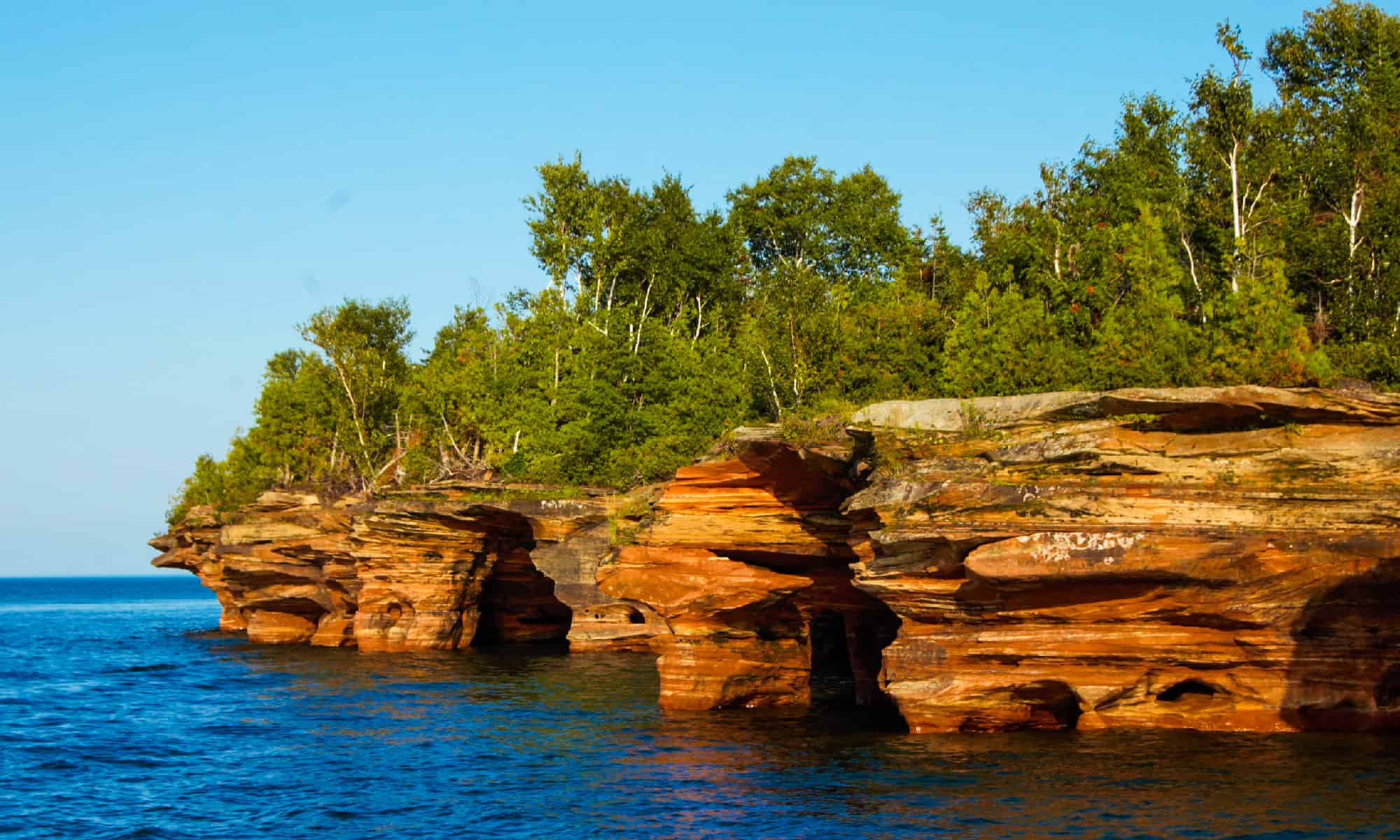
Visitors can explore the sea caves at Apostle Islands National Lakeshore via kayak.
©iStock.com/Lindsay Guido
Located on the tip of the Bayfield Peninsula, Apostle Islands National Lakeshore includes areas on the mainland as well as 21 islands. The Apostle Islands are among the most remote spots in Wisconsin and can only be accessed by boat or kayak.
The area features sandstone cliffs with awe-inspiring sea caves created by the waters of Lake Superior. During the winter, if conditions allow, visitors can explore ice caves on the mainland near Meyers Beach.
To reach the Apostle Islands National Lakeshore, take State Highway 13 South from Cornucopia for 11 miles. Then, turn left onto Old Country Highway K. After one mile, turn right to stay on that road and continue for two more miles. Turn left onto Little Sand Bay Road; the lakeshore will be ahead in two and a half miles.
Summary of Wisconsin’s Most Remote Spots
| Rank | Name | Coordinates |
|---|---|---|
| #1 | Apostle Islands | 46.96528475014503, -90.88504245153203 |
| #2 | Tiffany Bottoms State Natural Area | 44.541512422130374, -92.0349776405804 |
| #3 | Ice Age Trail – Western Terminus | 45.399801737777146, -92.64957424959076 |
| #4 | Cave of the Mounds | 43.019303015021215, -89.8136700324465 |
| #5 | Copper Falls | 46.37705438073911, -90.64402576571555 |
| #6 | Schmeekle Reserve | 44.54224234877455, -89.56523349126559 |
| #7 | Devil’s Lake State Park | 43.428680819851955, -89.73134634672839 |
| #8 | Chippewa Flowage | 45.94541835529273, -91.19786417538873 |
The photo featured at the top of this post is © MarynaG/Shutterstock.com
Thank you for reading! Have some feedback for us? Contact the AZ Animals editorial team.






